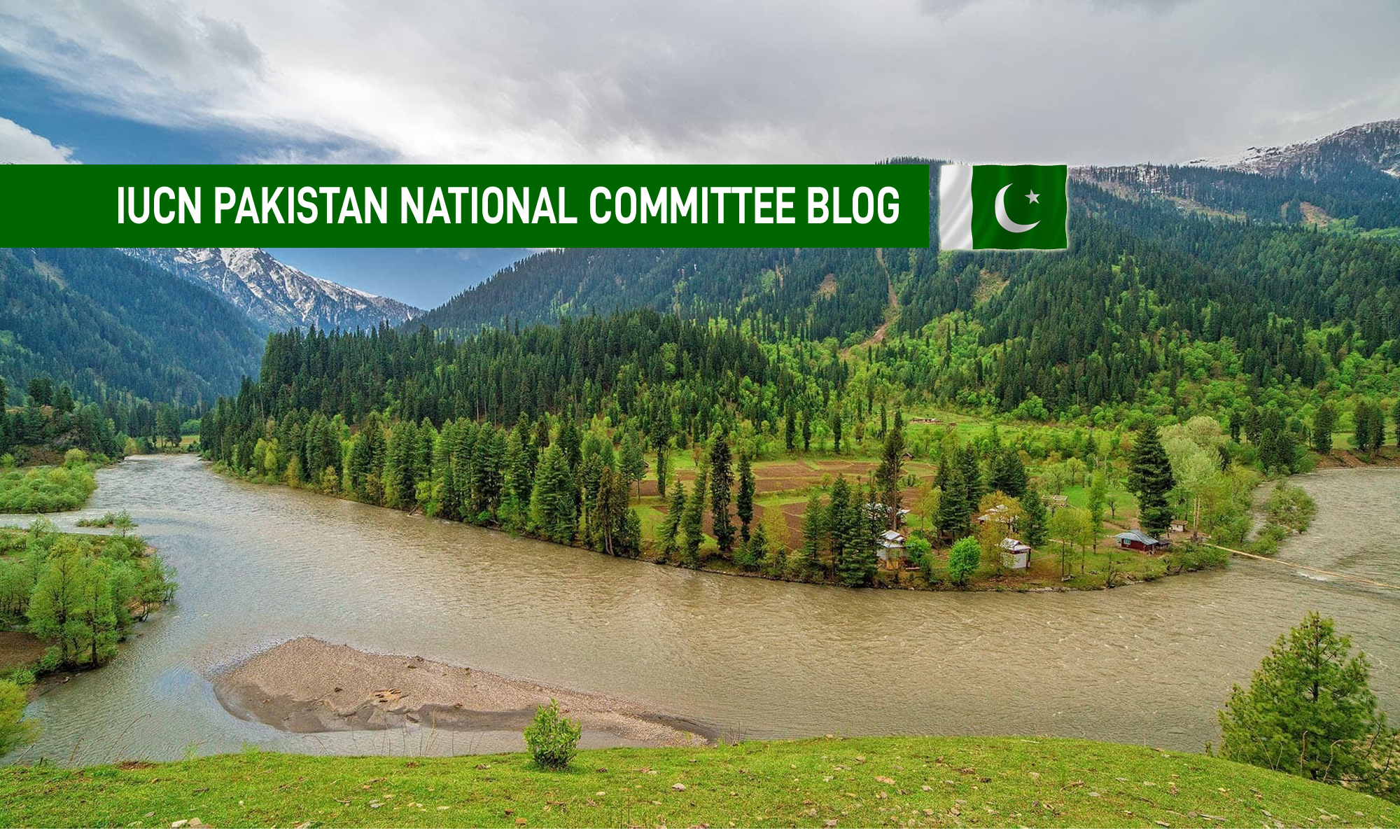IUCN and the National Host Committee’s Green Team are working to avoid or mitigate the negative environmental impacts associated with the World Conservation Congress.
IUCN aims to not only mitigate carbon from air travel to Hawai’i but to also mitigate all carbon emissions resulting from the Congress including shipping of goods, ground travel in Honolulu, hotel stays and emissions associated with on-the-ground Congress logistics at the Hawaiʻi Convention Center.
But it doesn’t end there.
We’re doing everything we can to minimize waste, energy and resource consumption, CO2 emissions and negative impacts on biodiversity. Our goal is to have a Congress that is plastic-free, paper-low and zero waste.
We want the initiatives we put in place for the Congress to set a new standard for event sustainability and to continue to bring economic, social and environmental benefits to the local community after the event.
“We are doing this not only because it is the right thing to do for this Congress. We’re doing it to develop a model that can be carried forward in Hawaiʻi and elsewhere,” says Alexandra Petersen, IUCN logistics manager for the World Conservation Congress 2016.
To do this, we are working with local businesses, farmers and hotels and developing practical guidelines for future green events in Honolulu.
Read the IUCN My Green Congress Sustainability Policy for more details on what IUCN is doing, and what you can do, to minimize the environmental impacts of the IUCN World Conservation Congress 2016.












